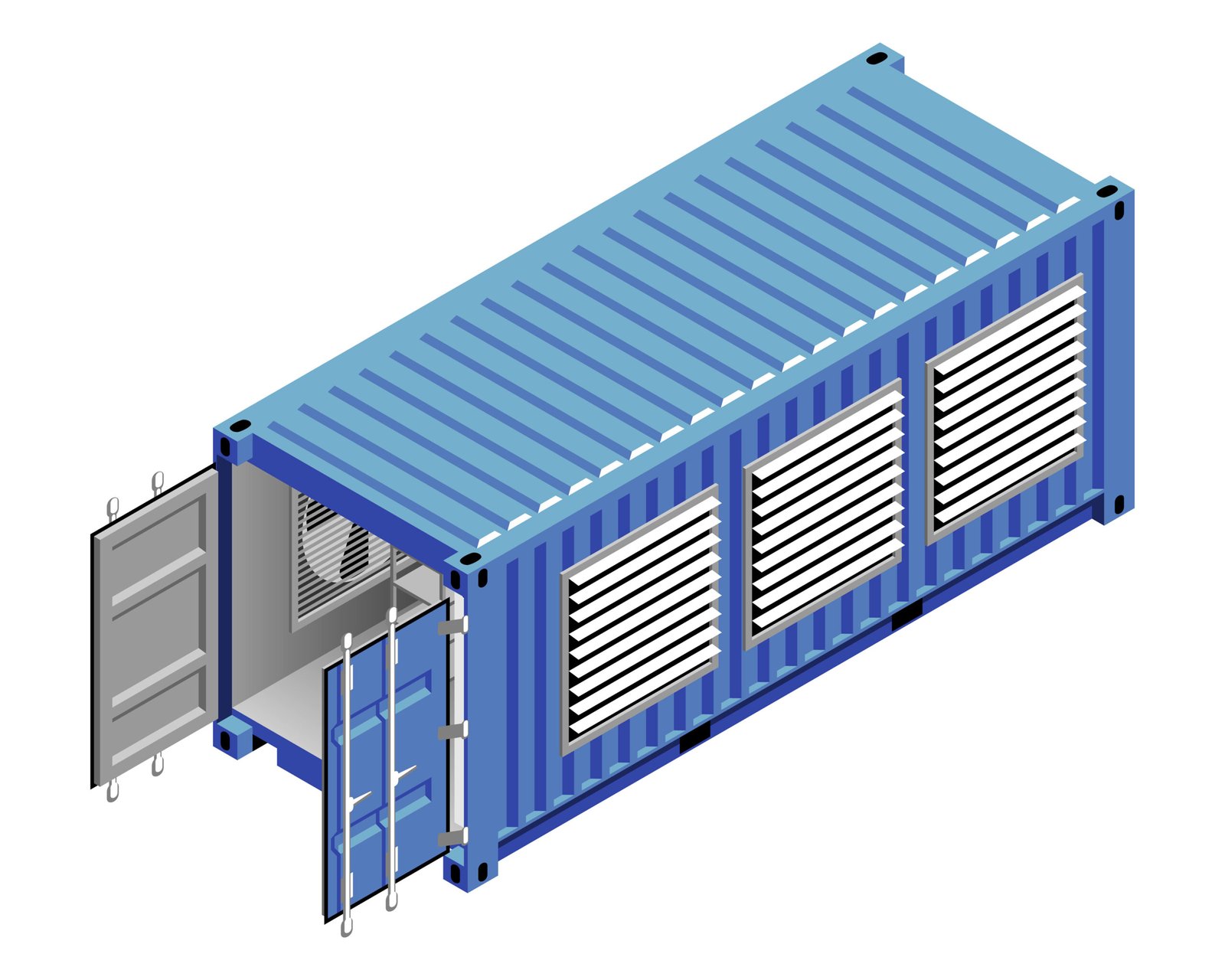Can a Container Home Protect You During Times of Conflict?
In an era where global uncertainties are on the rise, it’s natural to question the safety and resilience of our homes. Container homes have gained popularity for their sustainability, affordability, and modern aesthetic. But how do they stand up when it comes to strength and protection during extreme events? Can a container home offer you safety in times of conflict or disaster?
As professional engineers specializing in container home design, we aim to shed light on the structural integrity of container homes and their potential to protect occupants during challenging times.

The Robustness of Shipping Containers
Shipping containers are engineered to withstand harsh ocean environments and heavy stacking loads. Here are some key features that contribute to their strength:
1. Corten Steel Construction
- Durability: Containers are made from Corten steel, a corrosion-resistant material that forms a protective layer when exposed to the elements.
- Strength: This steel is designed to endure heavy loads and resist bending or warping.
2. Structural Integrity
- Load-Bearing Capacity: Containers can support substantial weight, including stacking up to nine units high when fully loaded.
- Rigid Framework: The corner posts and steel cross-members create a rigid structure capable of withstanding significant forces.

Protection Against Natural Disasters
Container homes have demonstrated resilience in the face of various natural disasters:
1. Wind Resistance
- Hurricanes and Tornadoes: The aerodynamic shape and sturdy construction allow container homes to withstand high winds when properly anchored.
- Engineering Practices: With appropriate foundations and reinforcements, they can resist wind speeds exceeding 170 mph, meeting or surpassing building code requirements in hurricane-prone areas.
2. Earthquake Resilience
- Flexibility and Strength: The steel structure can absorb and dissipate seismic energy.
- Foundation Design: Utilizing flexible foundations like base isolators can enhance earthquake performance.
3. Flood Resistance
- Elevated Designs: Containers can be elevated above flood levels using piers or stilts.
- Sealed Construction: Welding and sealing can prevent water ingress, protecting the interior.

Considerations in Conflict Zones
While container homes are robust, it’s essential to understand their capabilities and limitations in scenarios involving conflict.
1. Ballistic Protection
- Steel Thickness: Standard container walls are typically made of 14-gauge steel (about 1.6 mm thick), which is not designed to stop bullets or shrapnel.
- Reinforcements Needed: To provide ballistic protection, additional layers of armor plating or bullet-resistant materials would be required. Another option is to take advantage of the container steel layer and create a composite reinforced concrete and steel protection barrier.
2. Blast Resistance
- Structural Modifications: Containers alone are not blast-proof. However, with engineering modifications such as reinforcing the structure and adding blast-resistant materials, they can offer some protection, specially when compared to standard wood construction homes.
- Energy Absorption: Designing the interior to absorb shock waves can mitigate the effects of nearby explosions.
3. Underground Installation
- Bunkers: Containers can be buried underground to create bunkers. This requires careful engineering to address soil pressure, ventilation, and waterproofing.
- Structural Reinforcement: The container must be reinforced to prevent collapse under the weight of the soil.
Practical Applications
Military Use
- Forward Operating Bases: The military often uses modified containers for housing and operational units, incorporating ballistic protection and other safety features.
- Rapid Deployment: Their modularity allows for quick setup and relocation. Pre-Engineered Designs and Floor Plans are a great option to get started quickly.
Civilian Use
- Safe Rooms: Incorporating a reinforced container module within a home can serve as a safe room.
- Emergency Shelters: Containers can be converted into shelters that provide better protection than traditional temporary structures.

Engineering Enhancements for Increased Protection
To enhance the protective capabilities of a container home, consider the following engineering solutions:
1. Additional Armor
- Composite Panels: Installing panels made from Kevlar, ballistic fiberglass, or steel plating.
- Sandbags and Earth Berms: Surrounding the container with sandbags or earth can provide additional barriers against blasts and projectiles.
2. Structural Reinforcement
- Internal Framing: Adding steel frames inside the container to increase rigidity.
- Cross-Bracing: Implementing cross-bracing techniques to distribute loads more effectively.
3. Security Features
- Reinforced Doors and Windows: Using steel doors and bullet-resistant glass.
- Surveillance Systems: Installing cameras and alarm systems for early warning.
Limitations to Consider
- Heat Conduction: Steel conducts heat, which can be a disadvantage in extreme temperatures or fires unless properly insulated.
- Acoustic Protection: Standard containers offer minimal soundproofing; additional materials are needed to reduce noise from outside.
- Regulatory Compliance: Modifications for enhanced protection must comply with local building codes and regulations.
Conclusion
While standard container homes offer significant strength and durability, they are not inherently designed to protect against the dangers present in war zones or severe conflict situations. However, with professional engineering and appropriate modifications, their protective capabilities can be substantially increased.
It’s crucial to balance practicality, cost, and compliance with safety requirements. If you’re considering enhancing a container home for increased protection, consult with experienced engineers who can design solutions tailored to your specific needs.
At Oasis Engineering, we specialize in innovative container home designs that prioritize safety, sustainability, and comfort. Our expertise ensures that your container home is not only aesthetically pleasing but also engineered to meet the challenges of today’s world.
Interested in learning more about container home safety and design? Contact us for a consultation or explore our container home projects to see how we’re redefining sustainable living.
Stay safe and informed.

